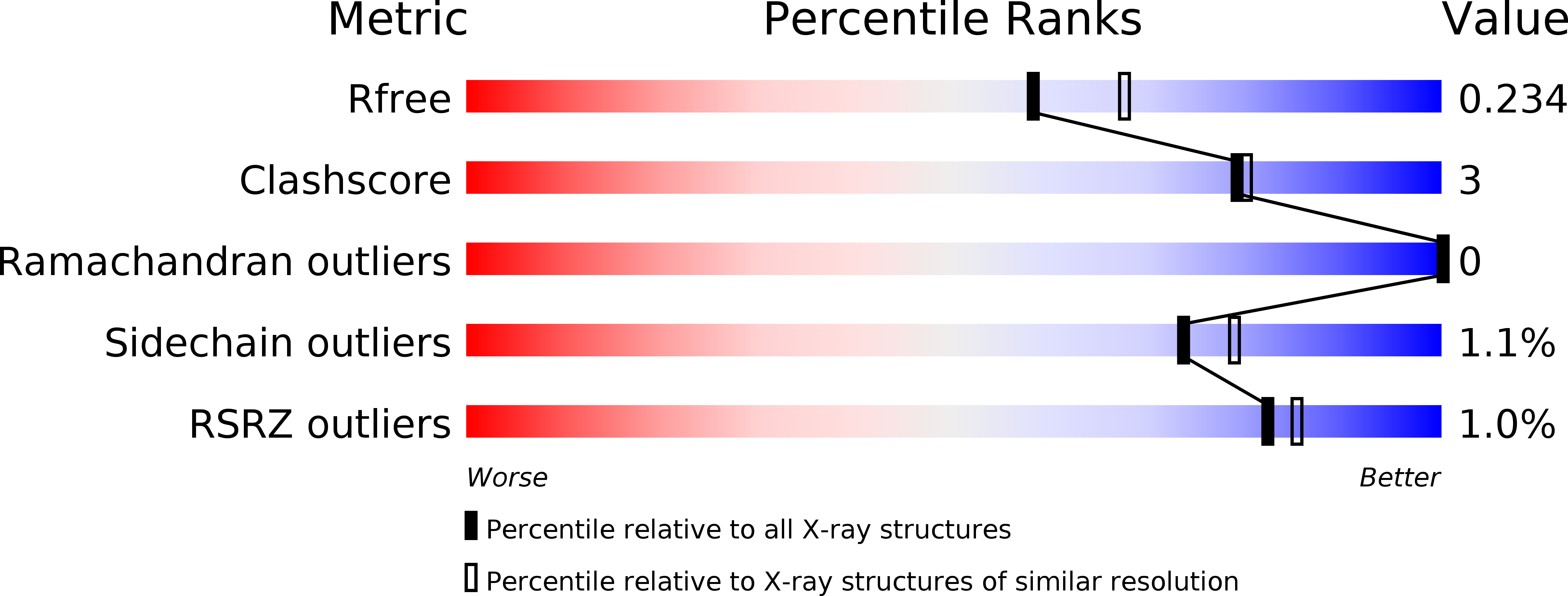
Deposition Date
2015-07-09
Release Date
2015-12-09
Last Version Date
2023-09-27
Entry Detail
PDB ID:
5CG2
Keywords:
Title:
Crystal structure of E. coli FabI bound to the thiocarbamoylated benzodiazaborine inhibitor 35b.
Biological Source:
Source Organism:
Escherichia coli (strain K12) (Taxon ID: 83333)
Host Organism:
Method Details:
Experimental Method:
Resolution:
2.11 Å
R-Value Free:
0.24
R-Value Work:
0.20
R-Value Observed:
0.20
Space Group:
P 61 2 2


